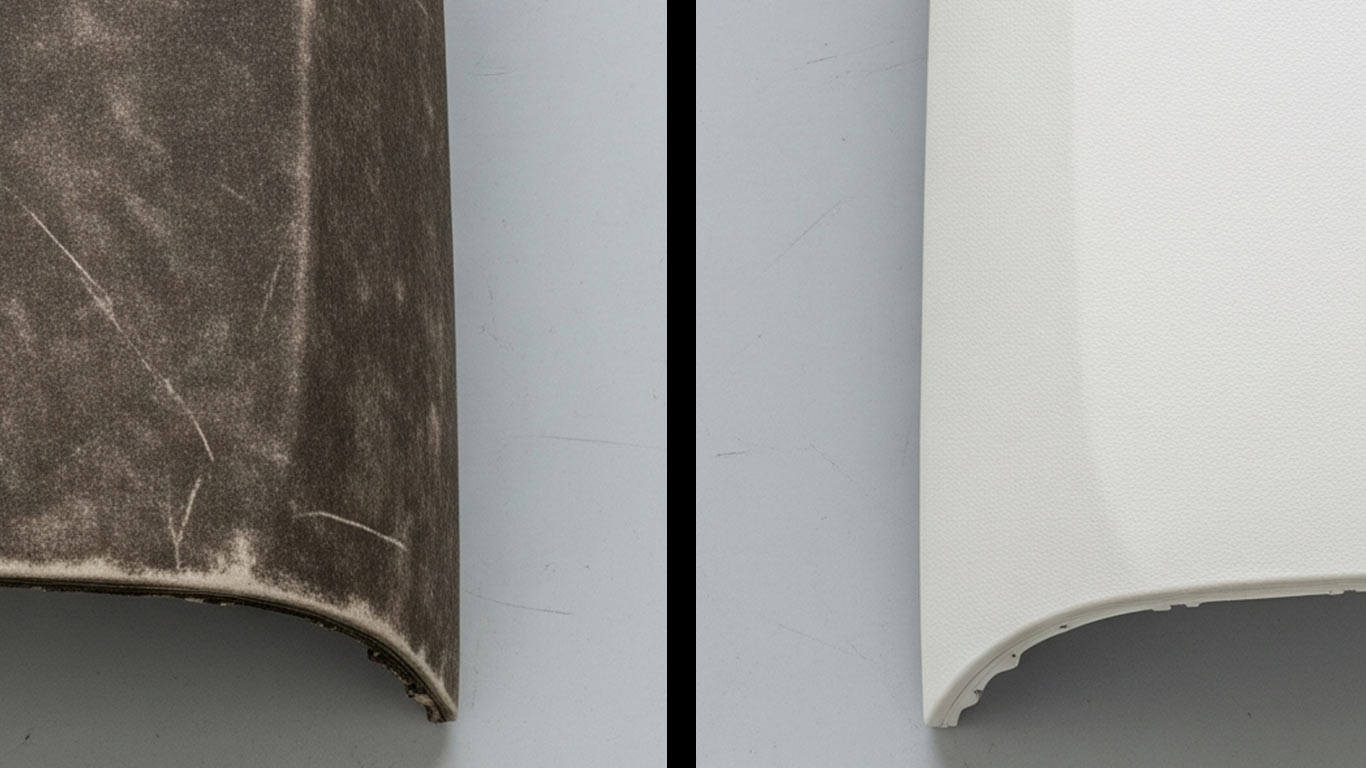
FDA
FDA 21 CFR 1040.10 - Laser Product Performance Standards



When laser cleaning fiber reinforced polyurethane, always prioritize its excellent thermal stability from the outset to prevent any softening, since this lightweight composite offers outstanding strength and impact resistance that surpasses conventional plastics in tough settings like aerospace parts or automotive components, enabling you to clean surfaces effectively while safeguarding the core structure's soundness.
We've found that the contaminated FRPU surface looks rough and patchy under magnification. Dirt clings tightly to the fibers, hiding their sharp edges. This buildup makes the whole material seem dull and uneven.
After laser treatment, the clean surface reveals crisp fiber outlines clearly. The polyurethane matrix shines smoothly without any residue spots. We see a uniform, vibrant finish that highlights the reinforced structure well.

FDA 21 CFR 1040.10 - Laser Product Performance Standards

ANSI Z136.1 - Safe Use of Lasers

IEC 60825 - Safety of Laser Products

OSHA 29 CFR 1926.95 - Personal Protective Equipment
License: Creative Commons BY 4.0 • Free to use with attribution •Learn more